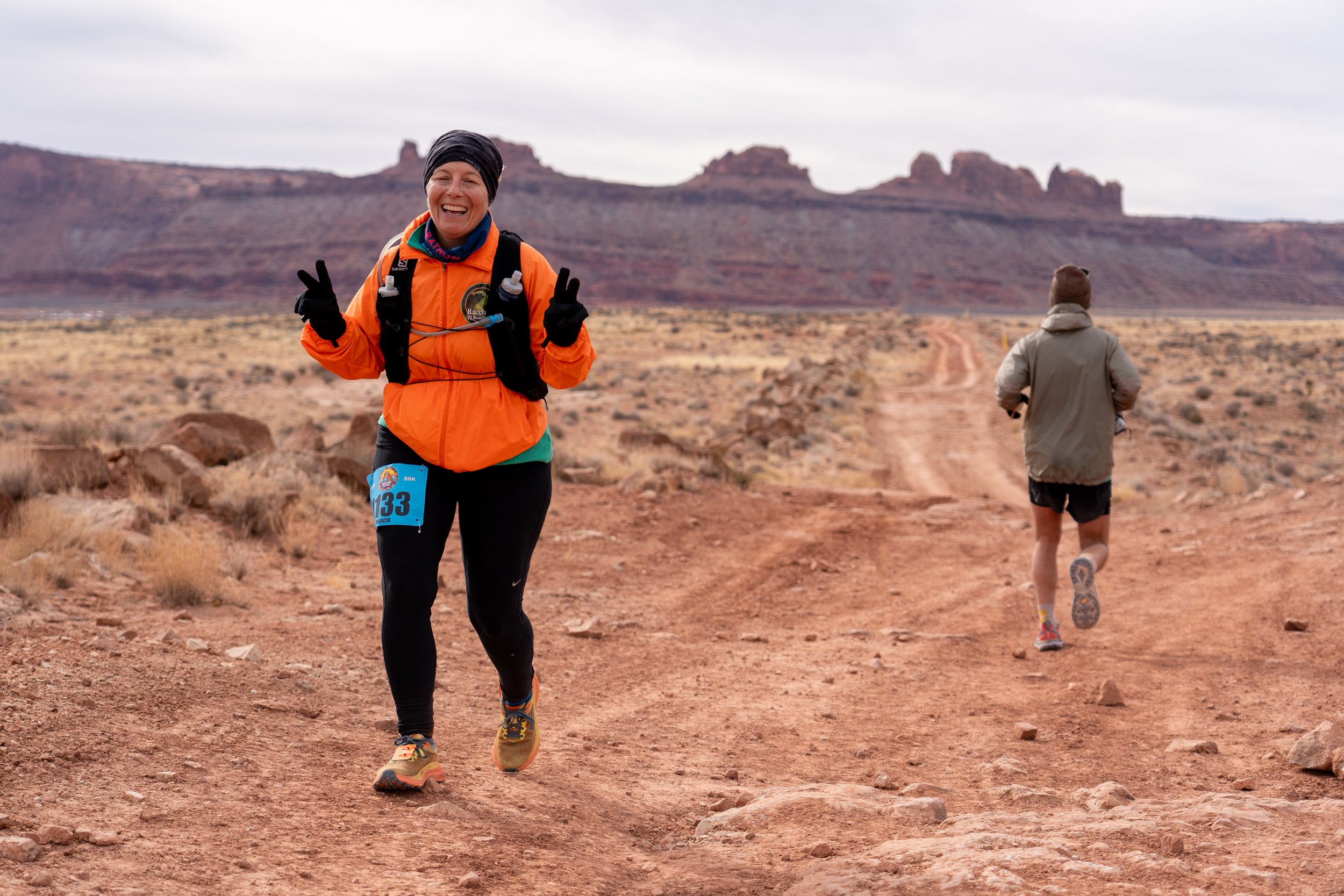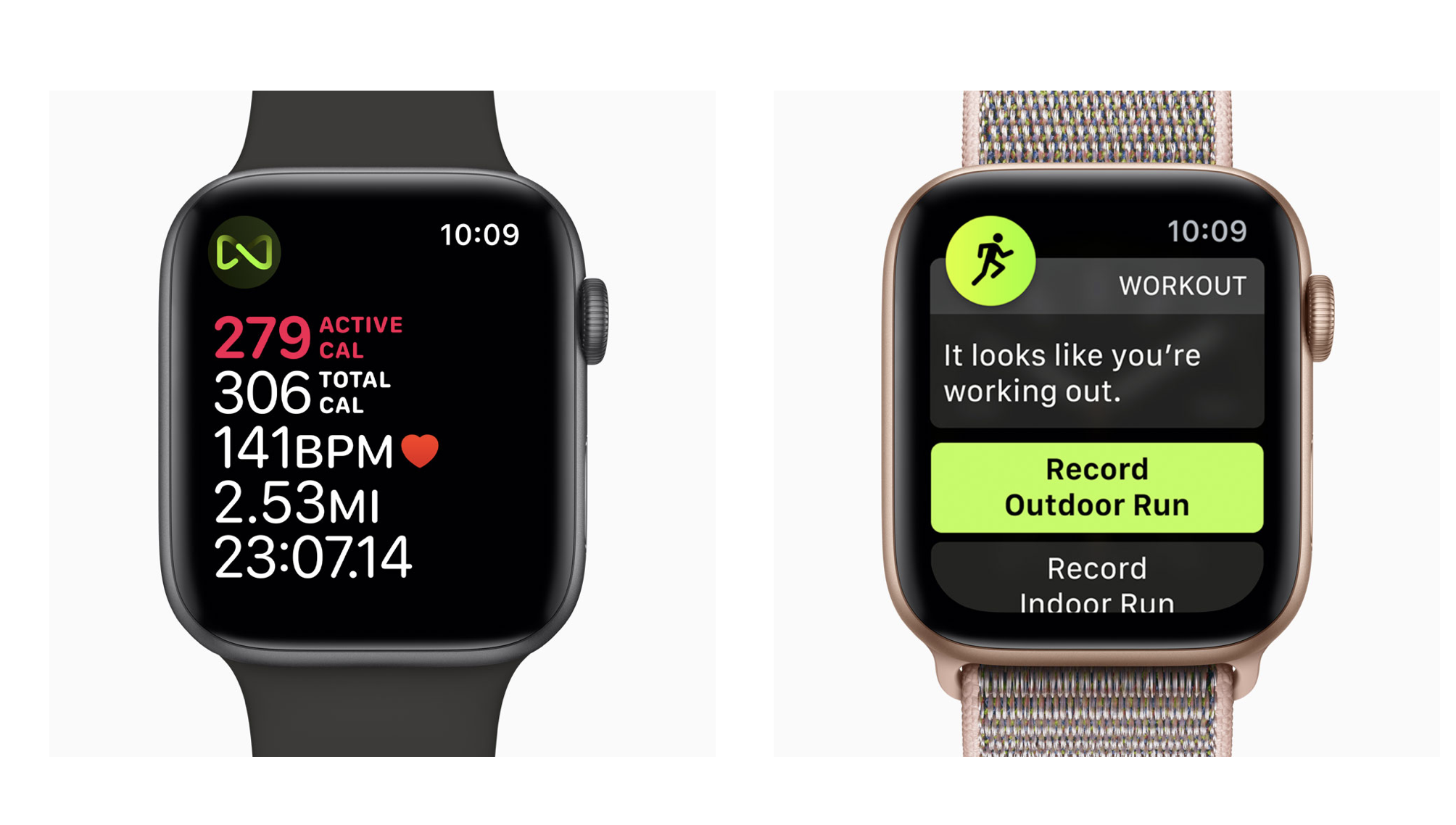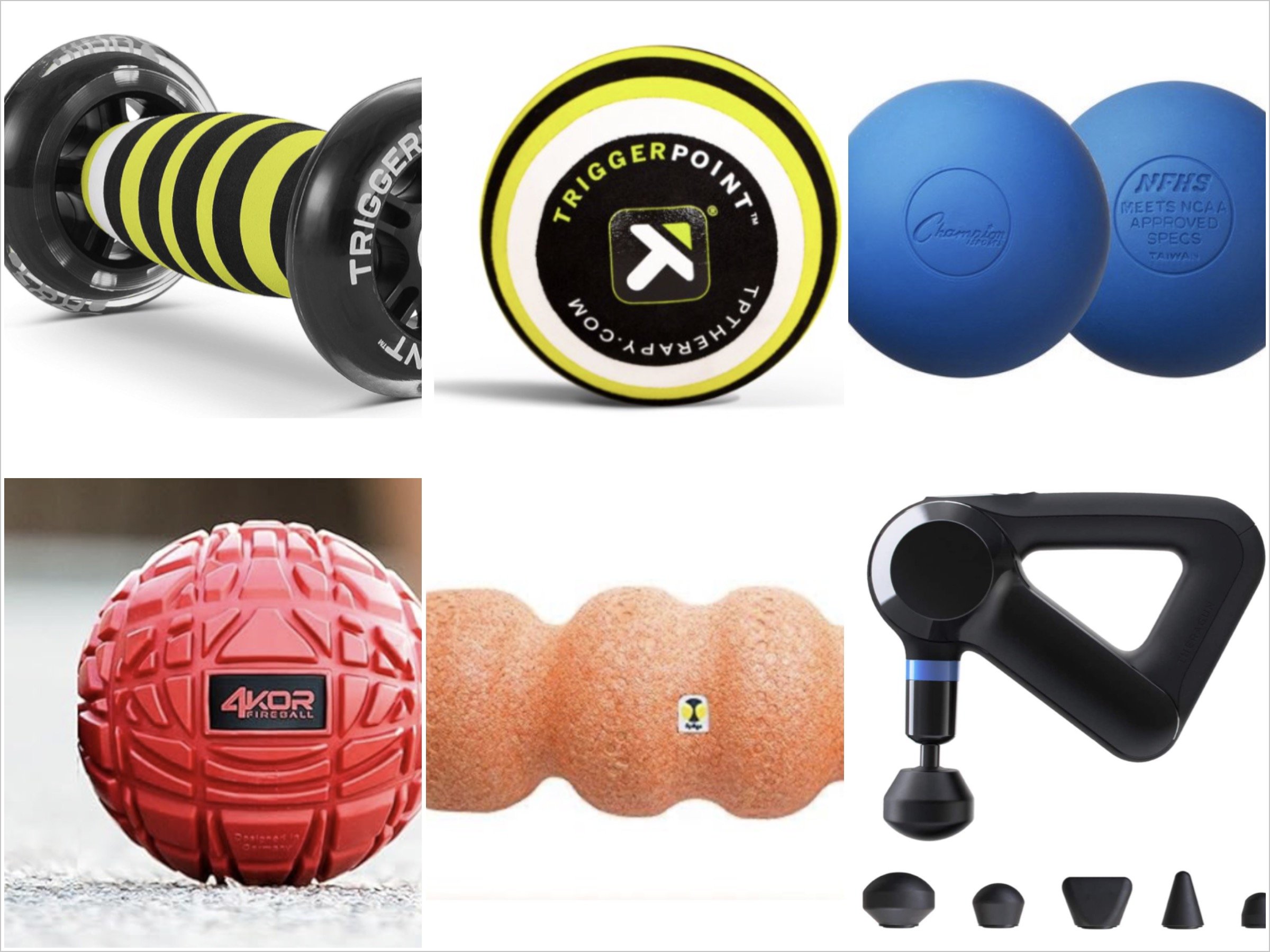Rest & Recovery for Training & Life
The #1 performance limiter for many athletes is inadequate rest and recovery (R&R). A limiter is generally referred to as a race specific weakness. An example of such a limiter, is having an “A” priority race, 50K in length, that has several 1-3k climbs greater than 8% grade and your weakness is your climbing ability, whether running or cycling. This weakness is therefore your limiter for success in such a race so you would then want to adjust your training accordingly to address this.
Now, to be a successful athlete and thrive daily, you will need to adapt, recover, endure and repair the body both physically and mentally in order to reach your athletic potential and also to be good for others around you; you can become a real ass if you're continually beat up from your workouts. If you're not getting adequate rest or your nutritional habits are not up to par with your workload, then rest & recovery is your major limiter to your performance goals; you can forget about the climbing.
An athlete can improve fitness and maximize performance late in the season by simply focusing on better R&R. Sounds basic but it's the basics and fundamentals many forget about. Without them being continually worked on, your fitness and performance can regress, stagnate and your motivation will wane.
What it comes down to is consistently balancing your daily stress load with the ideal amount of R&R. It's safe to say that with the high amounts of stress many of us are exposed to each day, not only on the fitness side but with the responsibilities that go along with family, work, life, etc., there's plenty of room for improvement. From taking a 10 minute nap, getting to bed earlier, quieting the mind with purposeful breaths while sitting still at one of your favorite spots out on the trails (yes, meditation), can re-balance you physically, emotionally and re-charge you mentally.
You can do all of the training that you want but you won’t reach your peak until you consistently address your R&R. It's during sleep that the body adapts to the stresses of training and life, and it will become stronger for it. Without it, there will be no improvements, it is that simple. Whether you're increasing your miles, adding high intensity intervals to your weekly workouts or just beginning the 1st phase of your training, the need for rest will increase.
You may see some athletes doing well with high volume and high intensity training on very little sleep but it's not without consequences. Many resort to high caffeine intakes to get them through their day and workouts, others keep going until they are forced to rest do to sickness, injury or burn out.
The truth is, if any of these athletes focused on their rest & recovery as much as they did to their training and racing, they would be stronger, healthier, with an increased longevity in the sports they truly enjoy.
Short Term & Long Term Recovery
There are 2 key areas of recovery to address throughout the training year; short-term & long-term recovery. There is an immediate (short-term) need to recover from a particularly intense training session or event, and then there is the long-term recovery that is built into your year-round training schedule. Both are as important as the other for optimal performance and day to day productivity.
Short-Term Recovery
This begins with proper nutrition and hydration before, during and immediately following a workout. If you fall behind on fuel or hydration during a training session, the overall stress on the body will be that much greater, causing a big delay in your ability to repair. This is especially important for the endurance athlete that may train 2 - 5+ hours in a single workout. The longer you are without the proper fuel and hydration, the greater the amount of overall stress on the body there will be. Instead of taking 24-72 hours to fully recover from a good workout, it can now take several days, if not more.
The goal of any training is to put in quality workouts, recover from those workouts quickly so you can put in another quality workout. If you're not recovering adequately, then most of your workouts will just become subpar.
After each workout you will need to finish with a proper cool-down. This is an area many athletes tend to skip because of the minimum time they have to train and would rather it be spent pushing the pace all the way to the door. In a scenario such as this; lets say you just finished 6 x 4 minutes Vo2max efforts on the bike with the last one taking you to your front steps so you can pick your kids up on time from their after school activities. Start by cooling down with an easy spin of just a few minutes to allow your heart rate to drop to zone 1- 2; for the fitter athlete this can take just 2 - 3 minutes. Then get off the bike, take your helmet and shoes immediately off, grab a recovery drink that you prepared earlier and walk around a bit as you begin to get things ready for the transition to get the kids.
The key is to stay relaxed and be conscious of calm breathing. The goal is to get your body’s core temperature down, replace your energy stores, keep anxiety low and to hydrate properly (water, electrolytes and drinking to thirst). Proceed by parking the car a little further from the pick-up point and walk to meet the kids to keep things moving and flush the muscles of built up waste products from the workout. This will work just the same if you got in that early morning workout before your work day begins.
Later in the day grab a foam roller and roll around for a bit, follow this up with some stretching. This will speed up the recovery process, keep things loose, reduce the total stress on the body and get you back in the saddle ready for another quality workout sooner rather then later. The goal here is to blend in your training within your lifestyle.
Long Term Recovery
This is built into a properly designed annual training program and established before the season starts by your coach. This includes recovery days & weeks that are scheduled in your training blocks & weekly schedules. This can entail active recovery, strength maintenance workouts, and or complete rest.
As the season progresses, additional recovery periods or days may be added depending on your training response, overall accumulated stress and lifestyle so it's important to stay in constant communication with your coach, keep a daily training log and relay information about how you're feeling physically as well as mentally on a daily or weekly basis.
By establishing the right nutritional requirements for you and your goals early on, will enhance your overall adaptability. There are a lot of nutritional options out there, the key is to find what works best for you and be honest with that assessment. If a food causes fatigue, bloating, gas, diarrhea, skin issues, etc., eliminate it from your diet. Diet does not mean restriction, diet means what your food is made up of each day. Thats your diet. Learn as much as you can about yourself and your response to foods.
Everyone needs an off-season and this should be included in your long term recovery plan. Cross-training should be a big part of your off-season. If you are a competitive cyclist, then your off-season training should include things such as xc-skiing, snowshoeing, hiking, skims, and of course, strength & conditioning training. If you’re a runner, then your offseason should include the above with some cycling added to the mix. The freedom of unstructured workouts is important here as well. This will allow you to re-charge, maintain and increase your athletic ability.
Quick tips & reminders for improved R&R
Rest & Sleep
Improve your sleep by sticking to a schedule and routine.
Get blackout shades for your room. The darker your room is, the better.
Turn off all electronics, including your phone and put electrical tape over any small lights coming from household devices. Your skin is the largest organ in the body and is extremely sensitive to light, no matter the source.
Turn off cell phones and get yourself a traditional alarm or be sure to use the “Do Not Disturb and “Sleep mode” feature on your iPhone or Android devices. Many of us have the habit of checking our phones for messages throughout the night; wait until the morning! Yes I know, you have important messages that can come in late at night and you need to stay on top of things but it's interrupting your sleep, which you will feel during the hill repeats you have scheduled for after work. The longer you are in a deep restful sleep, the stronger and more productive you will be for the upcoming day.
Make sure the room you're sleeping in is well ventilated, quiet, uncluttered and cold.
Avoid alcohol and caffeine entirely or at least avoid caffeine after 12pm and keep alcohol to a minimum.
No TV in the bedroom.
If you're going to read at night, try avoiding reading from your tablet or smartphone, they can be too bright. If you do, make sure to lower the brightness setting all the way down, and or, turn night shift and dark mode on. Try using a Kindle Paperwhite or traditional book with a small reading light or headlamp.
NAP! I know, who has time for a nap but a nap doesn’t always mean to jump into your bed and fall into a deep sleep. It can be a quick 5 - 10 minute nap done anywhere. Just sitting quietly for 5 minutes with your eyes closed while including relaxed breaths will clear the mind, re-balance your energy and give you a feeling of renewal.
Resting means relaxing without the guilt.
On the Job
If your job has you sitting for long periods of time, you must be diligent in getting up to walk around for at least 1 minute every hour.
At the office, alternate between sitting on a stability ball, getting into a deep resting squat position with your butt as close to the floor as possible and heels flat (takes some mobility work & practice). Also stretch your hips & hip flexors often throughout the day.
Go for a walk on your lunch break to get some fresh air.
The longer you sit, the stiffer you will become and the more disengaged your muscular system will be, especially within your core. This increases the overall stress on the body and will lead to faulty movement patterns and compensations if you were to workout like this. Before any workout, be sure to do some general movement prep to help keep things engaged, decrease your chance of injury and help ensure you of a productive workout.
Work at a stand up desk. This will take some getting use to and a bit of postural conditioning so be sure to have the option of sitting when fatigue sets in. There are some great desks out on the market that raise and lower. As soon as you feel your posture is compromised, sit. Another great option is to use a walking treadmill.
If your job requires a lot of manual work, make sure to take it into considerations with how you schedule your workouts. Place your higher intensity days on the days you may be doing less physically demanding work or get the workout done first thing in the morning. Whether stress is from work (mental or physical) or training, it accumulates the same so be sure to keep this in mind when planning your training and season.
Training
Don’t skip the all important recovery or zone 1 workouts. Its an easy thought to neglect these, thinking they have no merit or impact on your training but with them, you will recover faster and your workouts during the following days will be of much better quality.
Make sure your hard days of training are hard and your easy days are easy. If your easier days become too hard, then your hard days won’t be hard enough for the training response we would like to see. We are looking for quality workouts, minimizing the junk miles, especially for the time crunched athlete.
Learn the warning signs of overtraining. Overtraining can show similar signs to chronic fatigue, anemia and even lyme disease. Symptoms of overtraining are extreme fatigue, loss of motivation, irritability, chronic inflammation of tissues or joints, increased rate of injuries, slow healing of wounds, colds that hang around, mental fog, and so on.
Build a recovery week into your training every 3rd, 4th or 5th week (depending on your fitness level & experience). This is done by reducing the volume, decreasing the intensity level for some, taking an additional day off, getting quality rest and focusing on the basics.
Workouts are not written in stone. You must learn to listen and understand what your body is telling you and what you hope to gain from the workout. There will be times to push through some low points but then at times you may need to pull the plug.
The faster you recover, the sooner you can do another quality workout, therefore the fitter you become. At the same time, recovering too much and your fitness potential will never be realized.
Along with overloading the body with the stresses of training & racing, dialing in your recovery is the most powerful thing you can do to perform at a high level.
Self massage (foam roll, smr, etc.), stretch, strengthen, repeat…
Misc.
Take the necessary steps to reduce stress in your life.
Get rid of clutter and get things organized to make for easy transitions.
Prepare some of your meals for the week ahead and always have plenty of fruits and vegetables on hand for a quick grab & go.
Increase the efficiency of your work-flow.
Get complete blood work and speak with your doctor about what supplements will help support you.
Increase protein intake.
Increase Omega 3’s and good fats.
Eliminate any foods your body can’t thrive on and you have a negative response to such as an intolerance or allergy.
Remember to enjoy what it is you're doing!
By improving your quality of sleep, paying close attention to your nutrition (pre, during & post training) and doing the little things that many neglect such as self massage, stretching, napping, meditation, recovery and zone 1-2 workouts, and so on, can make all the difference.
Many of us haven’t taken full advantage of the positive impact good R&R can have on their performance and the energy it can bring to your day to day responsibilities. The right balance of R&R will develop a motivated athlete that is enthusiastic about their training, leading to an increased fitness level, workout enjoyment, a balanced state of mind and on the right path to athletic success.















